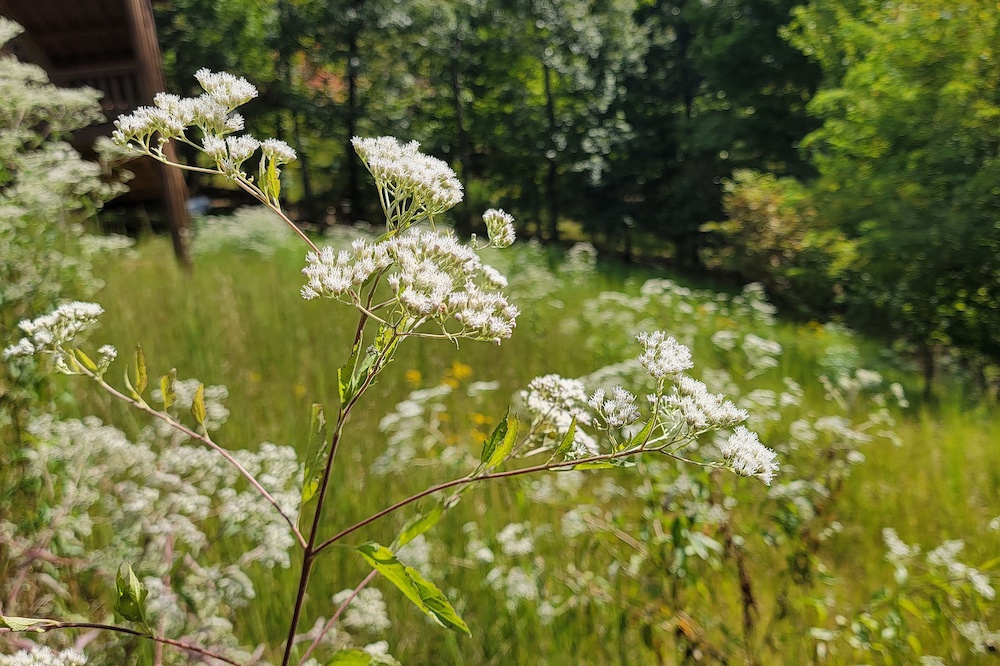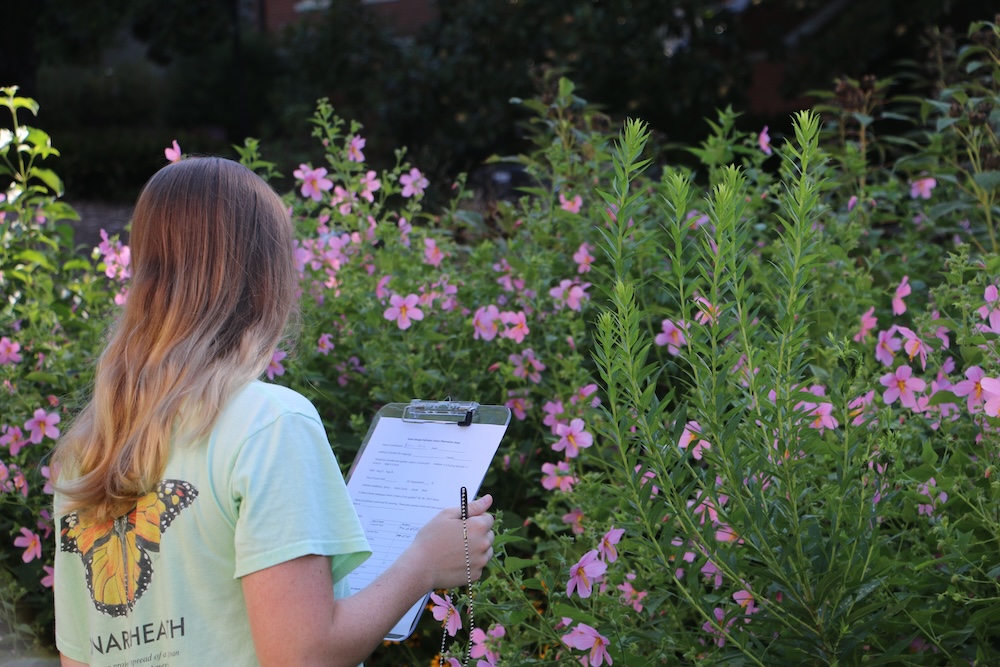Summer heat can be dangerous, especially with the heat and humidity that we are experiencing this summer.
The best way to stay safe from heat exposure might be to stay indoors, but that’s not an option for gardeners. Those cherry tomatoes aren’t going to harvest themselves.
While heat stress can be a real concern for those working in gardens, there are some strategies that can help keep gardeners safe.
Know yourself. Know the symptoms.
Heat stress is defined as any situation where the human body is unable to cool itself by sweating. This can lead to several conditions, including heat rash, heat cramps, heat exhaustion and the medical emergency known as heat stroke.
A rapid and strong pulse; a body temperature over 103 degrees Fahrenheit; hot, red skin; and possible unconsciousness indicate heat stroke. Call 911 if you or someone you’re working with exhibits these symptoms.
Many regulars at community gardens — especially the elderly and children — are more susceptible to heat stress and need to be especially careful when working outdoors. Pregnant women, people suffering from heart disease and high blood pressure, people who’ve just moved from a cooler climate and those using certain medications also face greater risks from the heat, said Certified Safety Professional Millard Griffin, who has managed worker safety on a range of outdoor projects for Environmental Resources Management.
“It’s preferable to work with another gardener so that you can monitor each other,” Griffin said. “If you notice extreme sweating, dizziness, nausea or muscle cramps, stop working. Head indoors, hydrate and cool down.”
Strategies for staying safe
- Acclimatize to the heat. Work a limited amount of time outdoors and gradually increase your amount of time in the heat.
- Avoid the peak heat periods of the day. Get your work done early in the morning or late in the day. Avoid the hours between 2 p.m. and 6 p.m. when daytime temperatures are likely to peak.
- Take frequent breaks in a cool area. Taking breaks in an air-conditioned area is preferable, but a shady area will work.
- Limit exposure to direct sunlight when possible. Plan your workday to take advantage of shaded areas.
- Drink plenty of water. Take a water break at least every hour, and drink cool water. Also, drink water before working in the garden. Hydration is key.
- Avoid caffeinated beverages and alcohol. These are diuretics and cause your body to lose water.
- Wear light-colored, loose-fitting clothing and a hat. Use sunscreen to protect against ultraviolet rays on all exposed skin.
For more information about recognizing heat stress, exhaustion and heat stroke, visitcdc.gov/extremeheat/warning.html.






